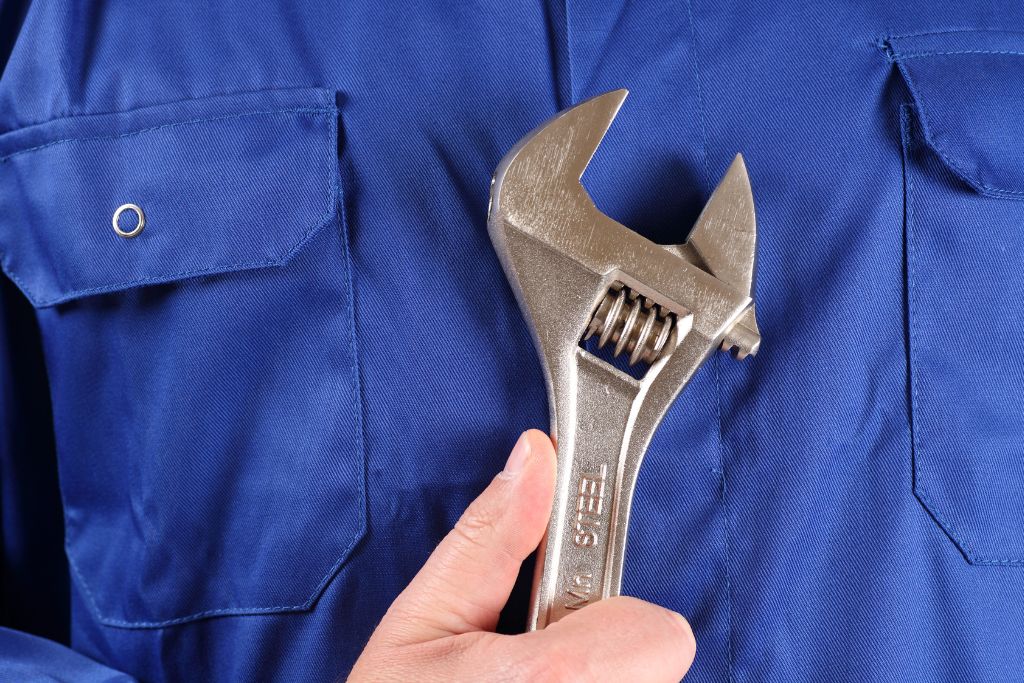ADAS: The Difference Between Scanning & Calibration

In our previous post, What Body Shops Need To Know About ADAS, we talked about what exactly an ADAS (Advanced Driver Assistance System) is and when calibration is needed. So, we thought we’d dedicate this post to explaining the differences between scanning and ADAS calibration because it seems to cause some confusion in the auto repair world.
Scanning vs ADAS Calibration
According to Body Shop Business, there is a huge difference between a scan and a calibration: “One gives you information, while the other gives you validation.”
ADAS Scan
A scan is what tells you what is going on with the vehicle’s electrical system. It produces the diagnostic codes, often referred to as diagnostic trouble codes or DTCs. Scans are great because they can help automotive repair specialists see any issues a car might be having after a collision or even if there was no collision and the vehicle just isn’t working properly. Scans can also help repair specialists figure out if the vehicle had any preexisting conditions before a collision, which can be incredibly helpful as well as save a lot of time.
There are two types of scans:
- Pre-Repair
- Post-Repair
According to I-Car, performing a pre-repair scan to capture codes is a “step in the damage analysis/blueprinting process used to identify errors, faults, and/or damage related, and unrelated, to the collision.” And performing a post-scan is a “quality control process used to ensure all vehicle system diagnostic trouble codes (DTCs), related and unrelated to the collision, and those set during the repair, have been identified and cleared.”
In a nutshell, scans are a diagnostic tool.
Body Shop Business has compiled a great list of the different DTC codes pre-repair and post-repair scans can produce. Some of these include:
- Aftermarket accessories interference
- Programming needs
- Preexisting damage
- Warranty issues
- Flood damage
- Corrosion issues
One thing automotive repair dealers need to keep in mind is that while a scan will tell you about problems a vehicle is having, it cannot tell whether or not it needs a calibration.
ADAS Calibration
ADAS calibration is often required after a car has been fixed/repaired. It is actually required after any new items are installed in/on a car and anytime any of the safety or driver convenience system parts are repaired.
According to Car ADAS, there are two categories of calibration:
- Static Calibration
- Dynamic Calibration
Static calibration happens in the shop while the car remains static. It is performed with:
- Scanning tools
- Targets
- Lasers
- Radars
- Aiming
- Reflecting cones
Dynamic Calibration is performed while the car is in motion because it needs to be driven at specific speeds and conditions in order to reset the ADAS sensors.
Car ADAS makes it clear that calibration is “required to ensure optimum vehicle safety.” And, because ADAS calibration is so important, it needs to be done carefully and correctly. Whoever is performing the calibration needs to conduct research to find out what needs to be done to the vehicle before the calibration to ensure it works.
Body Shop Business has a great list of some of the different pre-requirements for calibration. Some of these include:
- Giving the car a front end alignment
- Filling the tank up with gas
- Balancing the tires’ air pressure
- Placing the vehicle on an even surface
The Importance of Knowing the Difference Between Scanning and Calibration
According to I-Car, not knowing the difference between scanning and calibration might mean a car won’t get the calibration it needs, which is vital to the proper functioning of the car and the safety of the drivers.
In their article, they point out a great example of a collision repair center potentially sending a vehicle they just repaired to a local dealer and simply saying, “Hey, this car just needs a scan.” If this happens, the dealer might mistake it for simply needing to plug the car into their scanning tool and clearing the error codes since the car was just repaired. But, if this were to happen, the car won’t function properly, which will be dangerous for the driver.
I-Car also suggests collision specialists check out the OEM Calibration Requirements Search because it will allow them to determine what ADAS components will need to be calibrated.
Westside Auto Paint and Supply Offers Diagnostic and Calibration Tools
Westside Auto Paint and Supply, Inc. has been working with automotive shops in the Cleveland area for almost 30 years. We have top brand diagnostic and calibration tools, including: Autel, LAUNCH, and Bosche.
To learn more about our services and equipment options, please complete our contact form. Or, give us a call at one of our locations:
- Fairview Park: (440) 335-5240
- Akron: (330) 227-2572
- Elyria: (440) 307-1993
